| Structure | Name/CAS No. | Articles |
|---|---|---|
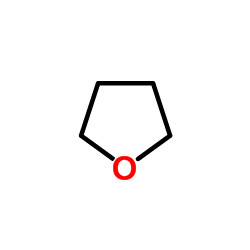 |
thf
CAS:109-99-9 |
|
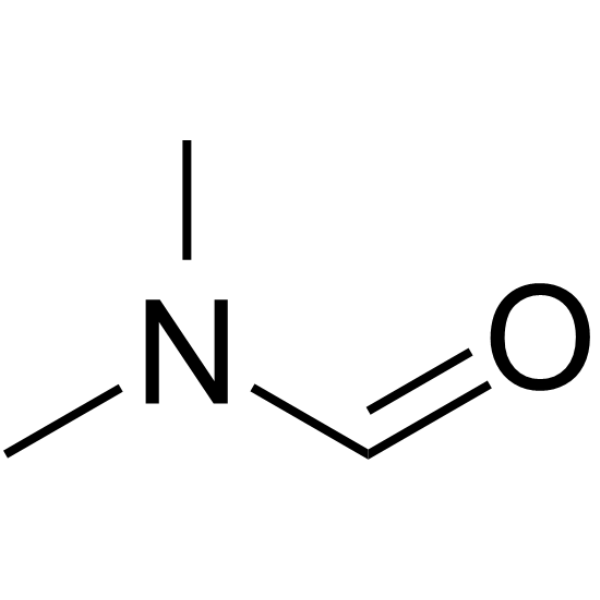 |
N,N-Dimethylformamide
CAS:68-12-2 |
|
 |
Acrylyl chloride
CAS:814-68-6 |
|
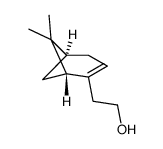 |
(-)-NOPOL
CAS:35836-73-8 |
|
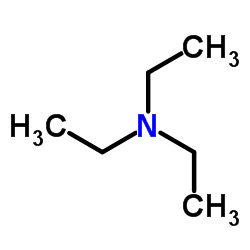 |
Triethylamine
CAS:121-44-8 |
|
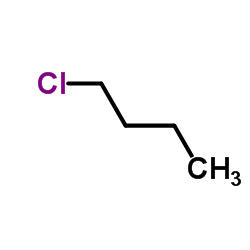 |
1-Chlorobutane
CAS:109-69-3 |